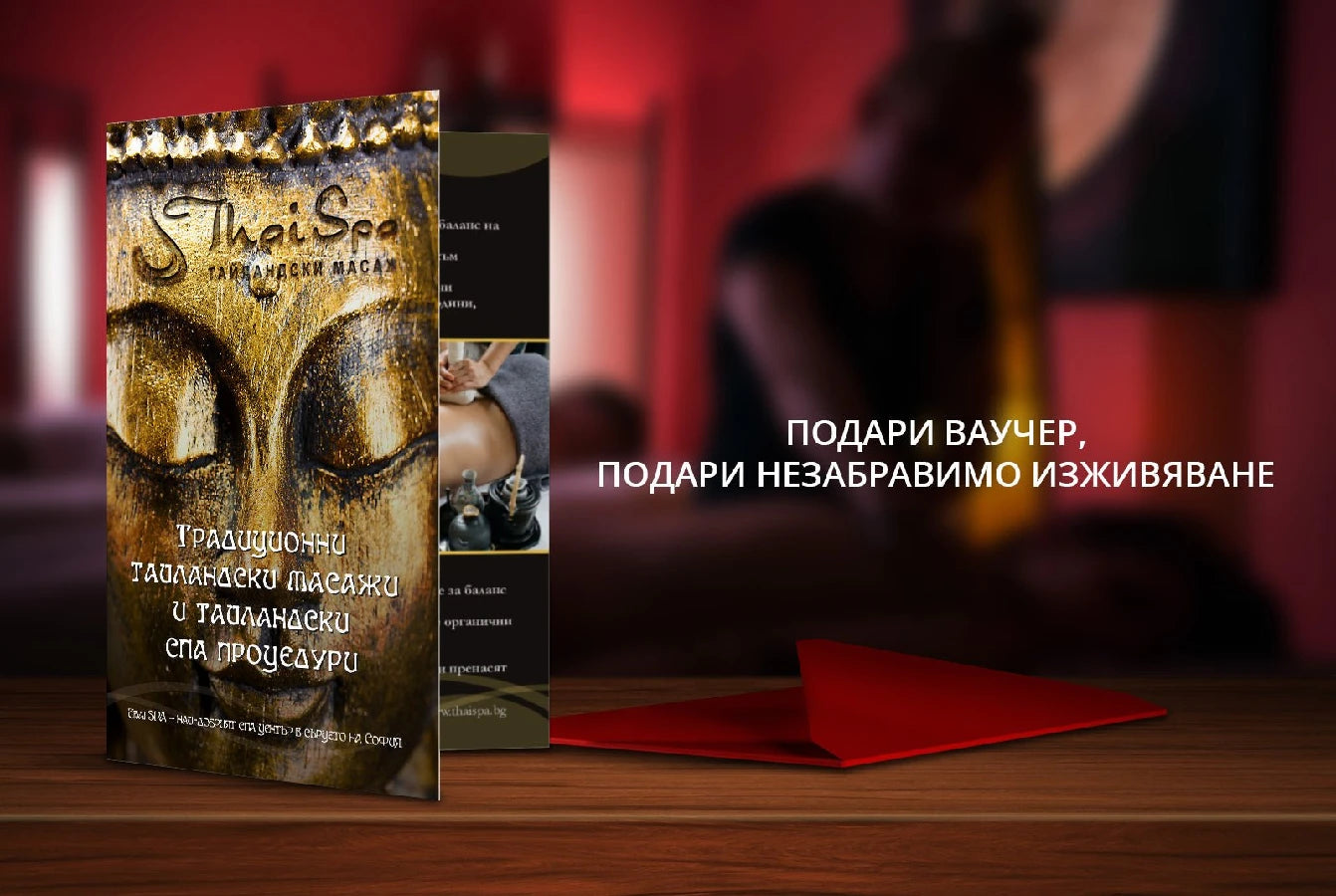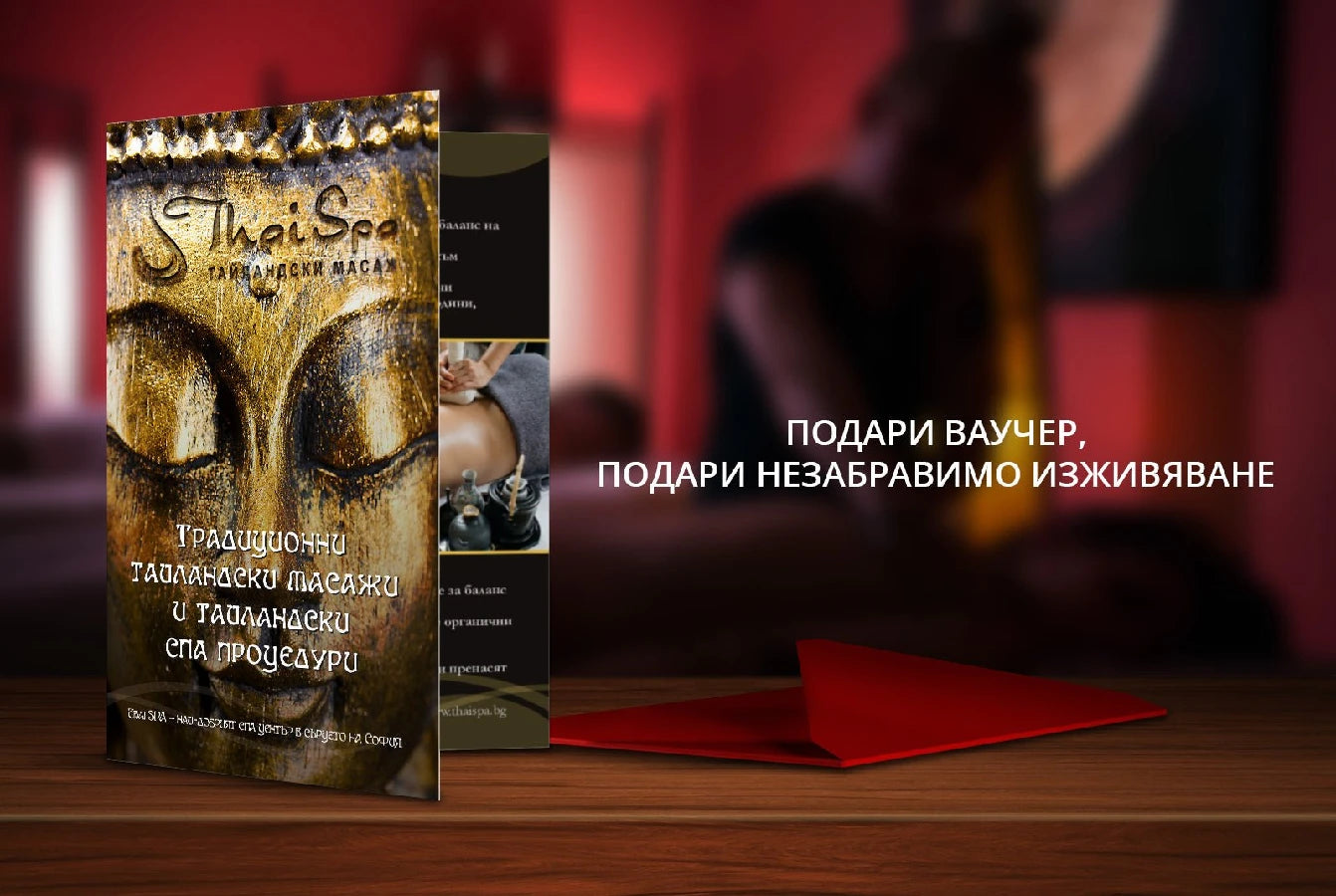Pilates is a unique system of exercise that combines control, breathing and fluid movements to improve flexibility and strength of the body. Created by Joseph Pilates, this method is popular with people of all ages and fitness levels. In this article, we'll look at how Pilates can improve your flexibility and help you feel better about your everyday life.
Main conclusions
- Pilates improves muscle flexibility through slow and controlled movements.
- Regular practice of Pilates increases muscle elasticity and joint mobility.
- Pilates strengthens deep muscles and improves posture.
- Proper breathing in Pilates is key to increasing flexibility and reducing stress.
- Pilates helps correct posture and improves neuromuscular coordination.
How Pilates Improves Muscle Flexibility
The role of slow and controlled movements
The slow and controlled movements characteristic of Pilates can greatly improve your flexibility. These movements allow the muscles to gradually stretch and lengthen, resulting in greater elasticity and mobility.
Muscle adaptation to exercise
Over time, the muscles of the human body can adapt to its needs. Regular practice of Pilates gives flexibility and strength to the muscles , making them more resistant to stress and better able to cope with daily activities.
Increasing muscle elasticity
Pilates helps increase muscle elasticity, which is key to maintaining good physical shape. This exercise creates optimal strength through muscle balance and fine-tuning of neuromuscular patterns. Strong and flexible muscles not only improve posture, but also reduce the risk of injury.
Pilates is a low-impact exercise that creates optimal strength through muscle balance and fine-tuning of neuromuscular patterns.
The effect of Pilates on the joints

Pilates has a significant impact on joint health . Through regular exercises that include slow and controlled movements , an improvement in joint mobility is achieved. This is especially beneficial for people recovering from injuries, as Pilates helps to gradually stretch muscles and tendons.
Improving joint mobility
Regular practice of Pilates leads to increased joint mobility. Exercise stimulates the stretching of muscles and tendons, which leads to greater flexibility and freedom of movement.
Reduction of joint pain
Pilates can help reduce joint pain. By strengthening the muscles around the joints, the load on them is reduced, which leads to relief of pain and discomfort.
Strengthening of joints
Pilates strengthens the joints . This is important for maintaining joint stability and preventing injury. Pilates exercises are aimed at developing dynamic strength, meaning you are better able to support and stabilize your joints as you move.
Pilates is an effective method to reduce the risk of injuries in sports and everyday activities. By improving mobility and strengthening joints, it contributes to a healthier and more active lifestyle.
Developing a strong core through Pilates
The main philosophy of Pilates is the acquisition and maintenance of a strong core of the body - its middle part , consisting of the abdomen, back and lower back. Once you start practicing Pilates, you will find out how strong the abdominal and back muscles are needed for most of the basic exercises . The core of the body is the source of our stability and endurance , and Pilates exercises are designed to challenge this part of the body to the maximum. A strong mid-body will relieve shoulder pain.
Pilates and proper breathing
The Importance of Breathing in Pilates
Proper breathing is one of the most important aspects of the Pilates method. It not only improves blood circulation, but also increases the amount of oxygen reaching all parts of the body. This helps to cleanse and invigorate the body. In Pilates, forced exhalation is the key to full inhalation, which keeps the abdominal muscles close to the spine.
Proper breathing techniques
Pilates uses various breathing techniques that optimize oxygen intake and improve endurance and performance during exercise. One of the main techniques is to direct the breath to the lower part of the chest, which helps to better activate the abdominal muscles.
Effect of breathing on flexibility
Controlled and deep breathing during Pilates exercises can improve overall endurance and lung capacity. This leads to less fatigue and better muscle flexibility. Over time, proper breathing can increase muscle elasticity and reduce the risk of injury.
Constant and deep breathing is the key to better endurance and less fatigue during Pilates training.
Pilates as a means of correcting posture
Pilates is an extremely effective method for correcting posture . Through specific exercises and techniques, it helps to improve body position and maintain proper posture. This is especially useful for people who spend a long time sitting or have back problems.
Correction of the spine
Pilates exercises are aimed at strengthening the muscles around the spine, resulting in better support and upright posture. These include movements that stimulate proper alignment of the vertebrae and reduce back strain.
Improving the position of the pelvis
Correct pelvic position is key to good posture. Pilates helps correct pelvic tilts and misalignments by strengthening the muscles in this area. This leads to better stability and balance of the body.
Strengthening the back muscles
Strong back muscles are essential for maintaining proper posture. Pilates exercises focus on strengthening these muscles, which helps prevent back pain and discomfort. They also improve the flexibility and mobility of the spine.
Pilates and neuromuscular coordination
Pilates is a low-impact exercise that creates optimal strength through muscle balance and fine-tuning of neuromuscular patterns . What seems simple can be deceptively challenging and incredibly effective when performed correctly and with good form.
Fine tuning of neuromuscular patterns
Pilates aligns the overall structure of the body and supports its joints. All movements are interrelated, so the concentration and focus during their execution must be well aware. Mind and body merge into one, which contributes not only to physical but also to mental health.
Improving reflexes
Practicing Pilates regularly can improve your reflexes. This is because exercise stimulates calorie burning, strengthens the body and improves posture and flexibility. Balance body and mind with professional Thai massages and spa treatments that can complement the effects of Pilates.
Increase control over movements
Pilates is aimed at strengthening the muscles of the abdomen and spine, which is key to maintaining body stability. This includes the entire arms, thighs and buttocks. The whole body works to gain control over movements and improve coordination. A traditional Thai massage on a Thai yoga mat at a Thai spa offers spiritual and physical renewal, improved circulation, stress reduction and detoxification, which is ideal for overall well-being and inner peace.
Pilates is a great way to improve your neuromuscular coordination. With regular exercise, you will feel your body becoming more flexible and strong. Want to learn more? Visit our site and discover all the benefits of Pilates!
Conclusion
Pilates is a great way to improve your flexibility and strengthen your body. With regular exercise, you can achieve better joint mobility and stronger muscles. Not only will this help you feel better physically, but it will also improve your overall health. Regardless of your age or fitness level, Pilates is suitable for everyone. Get started today and feel the difference!
Frequently Asked Questions
What is Pilates?
Pilates is a system of exercises that focus on strengthening muscles, improving flexibility and correcting posture.
How does Pilates improve flexibility?
Pilates uses slow and controlled movements that help muscles stretch and strengthen, thereby increasing flexibility.
Can beginners practice Pilates?
Yes, Pilates is suitable for people of all fitness levels, including beginners.
How often should I practice Pilates to see results?
For best results, it is recommended to practice Pilates at least 2-3 times a week.
Can Pilates Help Back Pain?
Yes, Pilates can help relieve back pain by strengthening the muscles around the spine and improving posture.
Do I need special equipment for Pilates?
Not necessarily. Many exercises in Pilates can be performed with just a mat, but there is also specialized equipment that can be used for more advanced workouts.





